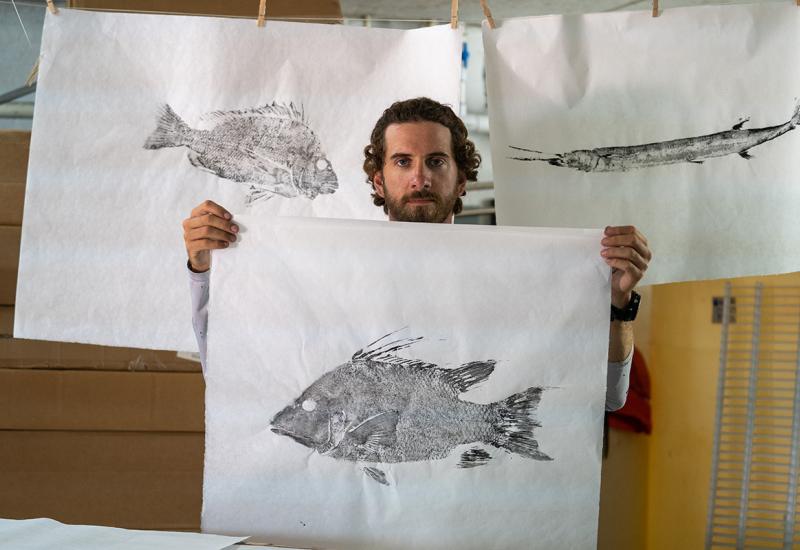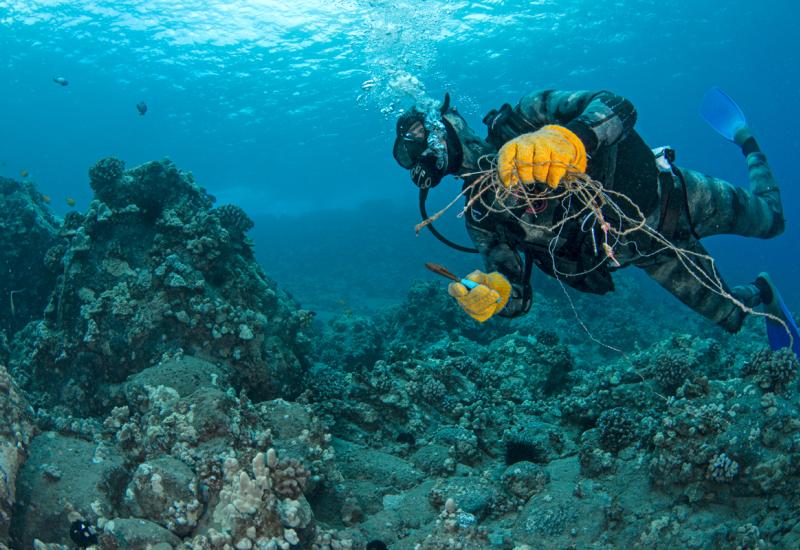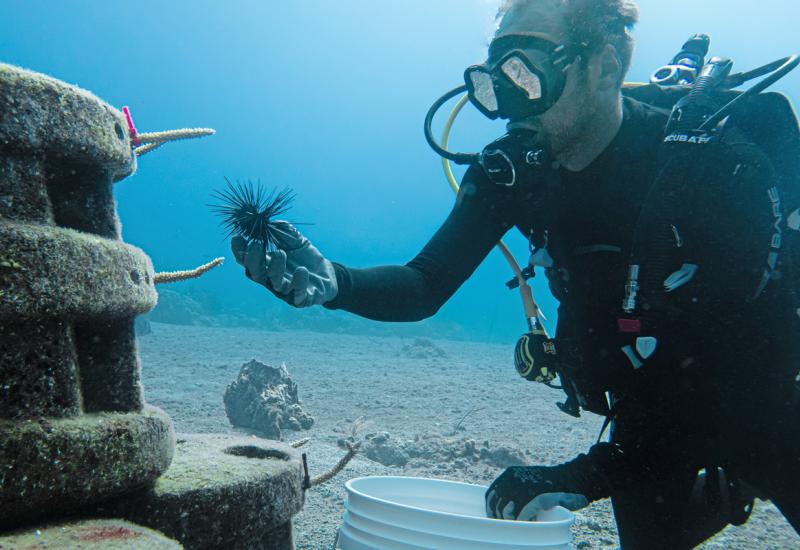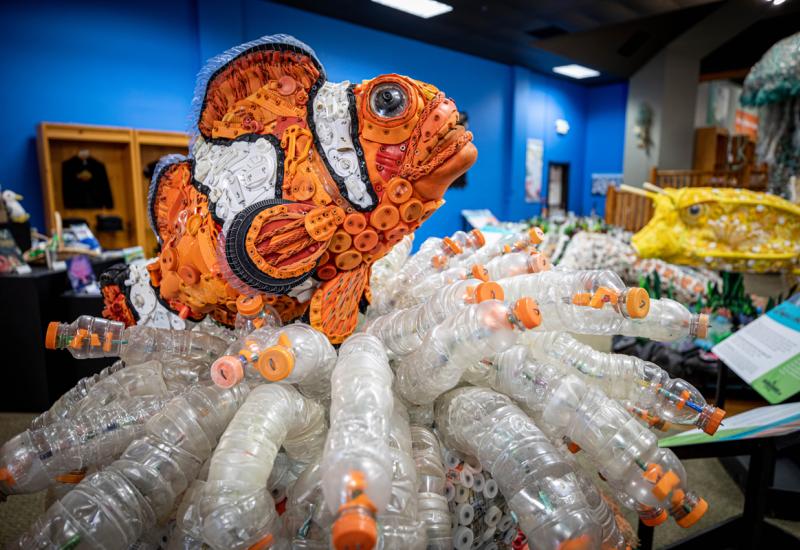Three Ways Researchers are Using Drones to Protect the Ocean
Drones, to some a toy and to others a means of observing shark migration patterns from the sky, or capturing humpback whale mucus mid-air. The use of drones for scientific research is on the rise and the ocean community is no stranger to utilizing drone technology. Here are three ways these remote-controlled aircraft are being used to help protect the ocean.
1. SNOT BOT

Courtesy Dr. Vanessa PirottaDrone hovers above whales.
Each time a humpback whale takes a breath, it propels a plume of mucus 15 feet into the air. In this whale snot is bacteria containing vital biological clues about the health of these massive mammals. Unsurprisingly, it’s tricky to collect. Dr. Vanessa Pirotta, a researcher at Australia’s Macquarie University, uses a custom-engineered drone that can flip open at the exact moment a whale exhales to obtain samples from the air in a noninvasive manner. Pirotta’s work helps scientists understand the whales’ health and how the recovering population off Australia’s eastern coast is coping with man-made challenges such as entanglement in fishing gear, noise and physical pollution, and boat strikes.
2. 3D MAPPING

Courtesy Pia LewinPia Lewin is a researcher at Germany's University of Bremen
After working on a number of marine conservation projects, Pia Lewin, a researcher at Germany’s University of Bremen, realized that the status of coral reefs globally is monitored only at specific depths. The very shallow reefs—those in just a few feet of water—are mostly skipped, or require a substantial investment in expertise and equipment to study. Using consumer drone technology and specialized software, Lewin produces detailed 3D maps of shallow-water coral reefs in Palau to reconstruct the topography and environment of the reefs. Ultimately, Lewin will be able to learn whether topographically intricate reefs provide habitat for a more diverse variety of fishes than flatter reefs, and give biologists a clue as to what fish life might be found there.
3. SHARK SURVEILLANCE

Courtesy Basking Shark ScotlandMarine biologists use drones to observe basking shark migration patterns.
Drawn by plankton blooms, about 20,000 basking sharks migrate to Scotland each year between March and September. Despite its size—at more than 25 feet long, it’s the second-largest shark in the world—little is known about this harmless fish’s reproductive behaviors and migration patterns. The marine biologists at Basking Shark Scotland use drones to observe this mysterious species from the sky. Previous observations led researchers to believe the sharks aggregate in large numbers for mating and courtship, but drone footage has shown it’s more complex than this, with many activities potentially happening simultaneously. The team has witnessed the sharks feeding in “trains,” forming a conga line and using their giant mouths to scoop up plankton.










